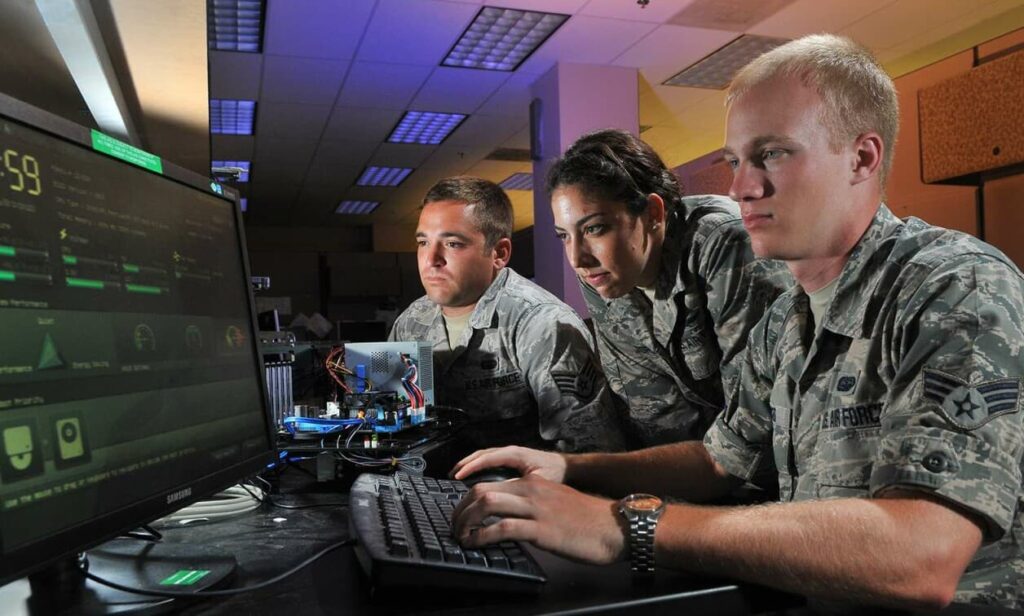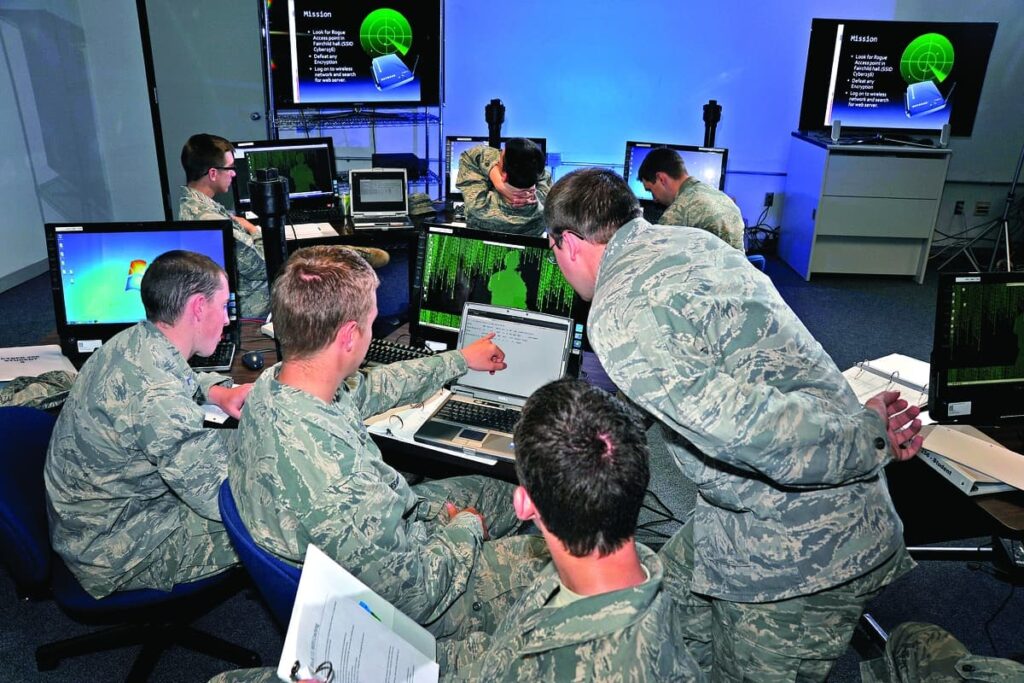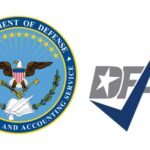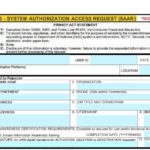Air Force leaders say the service is integrating a new approach to cyber security into core missions. This could include things like deploying mission defense teams to protect the Air Force information network and USAF pilots from digital threats. Those teams would perform “non-kinetic operations synchronized with offensive kinetic operations,” the spokesperson said.
Mission
The mission of the Air Force cyber security is to protect the information technology infrastructure of the Department of Defense. This is done by operating offensive and defensive cyberspace operations. It also includes providing threat intelligence to commanders. This information is then used to plan operations against enemy networks or for enhancing military capabilities in peacetime and wartime.
The airforce cyberspace operation also helps to protect critical civilian infrastructure. This is because cyber attacks can be used to disrupt or destroy these vital systems. The Air Force cyber protection team works with these organizations to identify risks and reduce vulnerabilities. The team also works with other government agencies and private sector parties to enhance the cyber security of these critical infrastructures.
A key component of the Air Force cyber security mission is establishing situational awareness for air, land, and space operations. This is done by assessing friendly and adversary actions within the DOD complex infrastructure known as the DOD Information Network (DODIN). This data is shared with JFHQ-DODIN and all DOD components to establish their cyberspace posture.
The Air Force is looking to modernize its IT systems and make them more resilient against cyber threats. But it needs to separate IT service provision and life cycle management from cyberspace operations and give them each the focus they deserve. It would be dangerous to treat them like conjoined twins, nurturing the former and starving the latter, as that could result in tragic consequences.

Threats
The 16th Air Force is fighting a new kind of enemy. The military faces threats from malicious actors and foreign adversaries that attack its computer systems. These cyber-attacks come in many forms, including online predators who steal private information and criminals who extort ransom money. The threat is global, and it grows as the world becomes increasingly connected.
The economy also contributes to the increasing complexity of cybersecurity threats. As economic uncertainty rises, organizations may outsource historically internal cybersecurity activities to third parties in order to save costs, Richardson said. The result is a proliferation of cybersecurity providers, creating a “tipping point” where companies have too many vendors to manage. He added that this increases risk exposure and complicates the effort to identify and mitigate risks.
Despite these challenges, the US Air Force is still growing and developing its cyber capabilities. The service is now training its own cyber warfare operators to carry out what the AF calls “non-kinetic operations synchronized with offensive kinetic operations” to support tactical air missions.
Airmen must be aware of how to avoid the most common cybersecurity threats. They can protect themselves by following simple, consistent practices like enabling multi-factor authentication, using strong passwords, updating software, and avoiding downloading unauthorized programs. Additionally, they should be knowledgeable of what their attackers are doing and be aware of any unusual activity on their network.
Countermeasures
To protect Airmen, it’s imperative that cyber teams continuously monitor and analyze systems, networks, and applications for signs of unauthorized activity and malicious activity. This helps prevent vulnerabilities from being exploited.
The first step in the OPSEC process is reconnaissance, which is when an attacker gathers information about a system or network. This can include scanning for vulnerabilities, researching entry points, and identifying potential targets within an organization. After collecting information, the attacker begins to penetrate a target’s system or network. This may involve using a vulnerability to gain initial access, exploitation of social engineering techniques, or other methods.
After a threat has been identified, it’s time to counter it. Countermeasures aim to deny, degrade, detect, and delay an adversary’sadversary’s capabilities. It’s important to understand that the countermeasures used against an adversary must be proportionate and respect fundamental human rights obligations of a humanitarian character, prohibiting reprisals and peremptory norms of international law.
Cyber threats are evolving, and preparing for the next wave of attacks is critical by increasing security awareness, enhancing training, and implementing new countermeasures. By combining these efforts, the Air Force can better defend against threats to operational security and mission success. While January is National OPSEC Awareness Month, it’s important for all Airmen to continue to practice OPSEC every day.

Training
The Air Force and all branches have specialized training programs to prepare soldiers for their role in cyber security. College might give you a broad overview of the field, but the military will give you hands-on experience and the specific skills necessary to succeed in this job. The training is also paid for by the government, so you’ll you’ll be earning while you learn.
One of the key missions of the Air Force is keeping its base infrastructure secure from cyber threats. Several of these systems are crucial for military operations, like the electrical supply and water supply. This is a huge responsibility for anyone in this position, and the training for this career is not easy.
A new career track for AFSCs could allow them to stay in this role through their entire Air Force careers instead of switching to other technical positions every two years. This follows a similar system the Air Force implemented for other careers, allowing service members to compete for promotions within their specialty instead of competing against all officers.
Airmen in this role will protect information and systems from cyberattacks by using programming and hardware to help keep communications safe. They might also be responsible for analyzing, designing, deploying, and supporting systems to ensure they are up to date. This job is a good choice for people who enjoy a challenge and don’t mind long hours.

